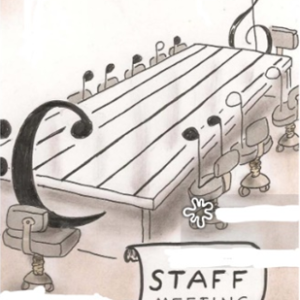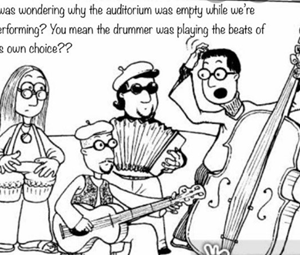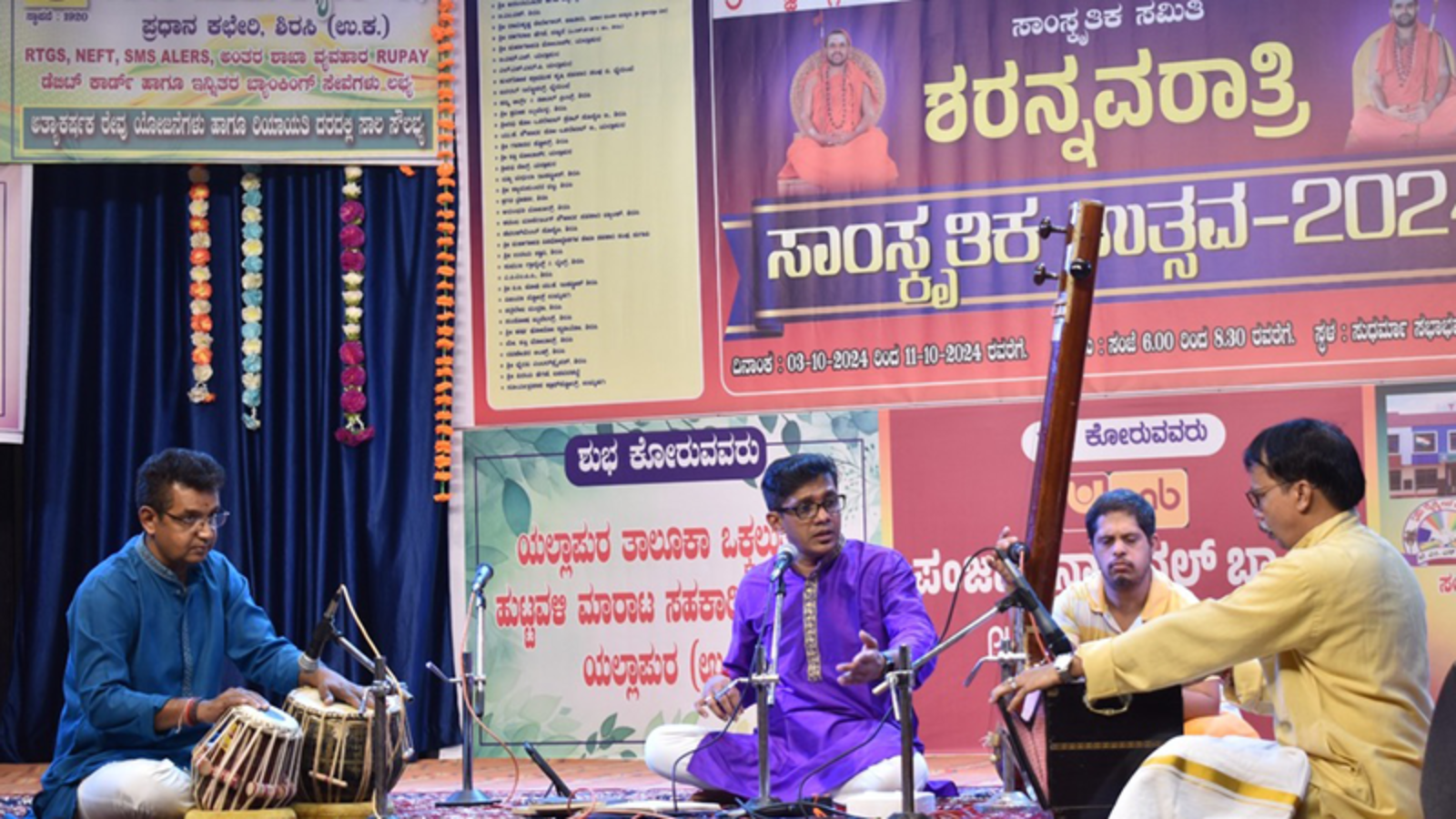One of the first melodious notes I ever heard was from my father’s voice. As an Indian classical music guru and a performing artist, his music filled our home and became the soundtrack of my early life. Naturally, my passion for music blossomed at a young age. Over time, however, another passion grew within me—Finance and Management. Having taken on various roles and managed large teams both locally and globally, I began to see striking parallels between music and management. Just as a musician must master the art of timing, coordination, and harmony, I realized that effective management requires a similar blend of precision, synchronization, and creative leadership.
Swaras (musical notes) and people in the team:
 Indian classical music is built on seven primary notes (Sa, Re, Ga, Ma, Pa, Dha, Ni) and their variations, known as Komal or Teevra Swaras. When an artist performs, they weave these swaras together to create a Raga. The beauty of a Raga lies in how expertly the right notes are chosen and combined, resonating with the listener in a way that makes them want to hear it again and again. The success of a musical performance is not just in the technicality of the notes but in the emotional connection it creates with the audience.
Indian classical music is built on seven primary notes (Sa, Re, Ga, Ma, Pa, Dha, Ni) and their variations, known as Komal or Teevra Swaras. When an artist performs, they weave these swaras together to create a Raga. The beauty of a Raga lies in how expertly the right notes are chosen and combined, resonating with the listener in a way that makes them want to hear it again and again. The success of a musical performance is not just in the technicality of the notes but in the emotional connection it creates with the audience.
Now, let’s think of a manager driving activities or projects. The first key task is to assemble the right team. Just as a musician chooses a Raga based on the time of day or season, a manager must select the right team for the task at hand. Each team member represents a unique swara, bringing in diverse skills and attributes to complement the overall harmony. A well-composed team is like a well-executed Raga, where each skill set (or swar) plays its part in creating a successful outcome.
The “audience” in this analogy are the customers—those who judge the quality of the performance. Just as a well-timed Raga resonates with the listener, a manager who assembles the right team at the right time can deliver the desired results, satisfying customer needs and creating lasting impact. The key to both music and management is recognizing the importance of harmony, timing, and choosing the right elements to create a performance that resonates deeply with the audience.
Developing Raga and People Development:
In Indian classical music, simply singing plain swaras for an extended period will not captivate the audience. It is the intricate combinations and the gradual progression of the Raga that keep the listener engaged. The careful rendering of each swar, along with voice modulations and subtle shifts in tone, strengthens the overall Raga, bringing it to life and resonating deeply with the audience. The artist builds the Raga step by step, ensuring each note complements the next, creating a seamless and powerful performance.
Similarly, in the world of management, simply hiring the right skill sets is not enough. If we don’t actively develop and nurture our team members, we risk losing them or failing to equip them with the skills necessary to solve our customers’ problems. Success in any project depends not just on the initial selection of talent, but on how consistently we invest in their growth and development. Just as rendering raga requires constant development to reach its fullest potential, a team needs constant development and support to ensure it is prepared to meet the challenges ahead and deliver results that resonate with our customers.
The true success is not only in delivering the outcomes but with high quality results by the skilled team, much like how a Raga touches the heart of the audience, not just their ears. It is the continuous growth, nurturing, and fine-tuning that ensures lasting success—both in music and in managing people.
The Passion:
I will never forget my father emphasizing the importance of passion for a musician. When an artist develops a deep passion for their craft, every performance becomes an experience of pure joy. The artist’s enjoyment transcends mere sound—it reaches beyond the ears of the audience, touching their hearts and creating a truly memorable concert. Music gurus often say that when we enjoy our performance, even the swaras “dance” with us, meaning that the voice and the notes come together harmoniously, supporting us in delivering a melodious performance.
Similarly, for a manager, it is crucial to develop a passion not only for the role but also for the people they lead. When a leader performs their role with passion, the team will naturally support them and even exceed expectations. A passionate leader fosters a culture of enjoyment and enthusiasm, encouraging the team to find fulfillment in what they do. Just as an artist’s passion elevates their performance, a leader’s passion cultivates a sense of purpose within the team. When everyone in the team develops a genuine passion for their work, it improves teamwork, enhances the quality of deliverables, and ultimately satisfies the customer, much like a musician satisfying their audience with a beautiful, heartfelt performance.
The Power of Collaboration:
 In a musical performance, the audience is not only captivated by the vocalist but also by the rhythmic instruments that accompany the performance. When the rhythm is in sync with the melody, the performance becomes truly impactful. However, if the beats are off or out of place, it disrupts the flow and can distract the audience. The key to creating a memorable experience is the seamless complement of vocals and rhythm, where both elements work together in harmony to create a melodious environment.
In a musical performance, the audience is not only captivated by the vocalist but also by the rhythmic instruments that accompany the performance. When the rhythm is in sync with the melody, the performance becomes truly impactful. However, if the beats are off or out of place, it disrupts the flow and can distract the audience. The key to creating a memorable experience is the seamless complement of vocals and rhythm, where both elements work together in harmony to create a melodious environment.
Similarly, in an organization, when different teams start competing with each other instead of collaborating, the success of the entire company is compromised. If each team focuses solely on its own goals and ignores the collective objectives, the result is dissonance, much like a concert where the rhythm and melody are out of sync. No team can truly “win” if the customer’s needs are not being met, and the organization as a whole fails to deliver value.
Just as a successful concert relies on the collaboration between the vocalist and rhythmic instruments, an organization’s success depends on the complementing efforts of different teams working together. When teams collaborate and support one another, they create a harmonious environment that drives the company towards success, delivering results that satisfy customers—just as a well-synced musical performance leaves the audience thoroughly moved.
Isn’t it true that those who study and practice the performing arts often begin to absorb management lessons, sometimes without even realizing it?

